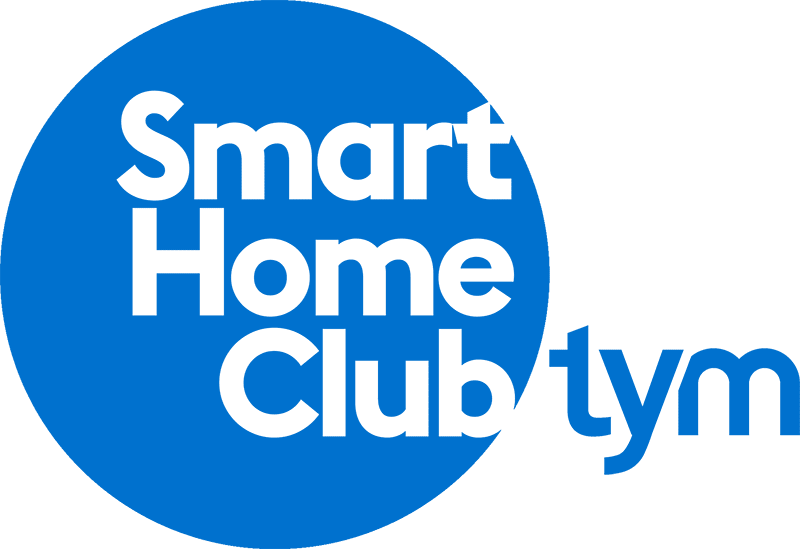By now, most people have heard of Sonos audio. Play-Fi by DTS is less known, but its star is definitely rising. Which begs the questions, which platform is better for your wireless home audio, Sonos or Play-Fi?
When we look at which product, or platform is best, we try and look through the lens of these four items: 3rd party Integration; the project application; user experience; and the client’s budget. So lets take a look and see how the two compare. Be sure to read to the end of the post, I’ll share my personal opinion.
3rd Party Integration
- Sonos — Sonos integrates with most, if not all, of the major smart home platforms. In fact, Sonos recently started partnering with Platforms to ensure operability between the platforms. So this means that a team of Sonos engineers teams up with Control4’s engineers to ensure that the integration and performance is reliable and user friendly. In this category, Sonos is leaps and bounds ahead of Play-Fi.
- Play-Fi — As of this writing, Play-Fi does not integrate with any Smart Home platforms. It’s a stand alone product. Fusion has a music server with Play-Fi onboard, and can be integrated with Products like Control4 and Savant, but that’s as close as Play-Fi has come. Most in the industry agree Play-Fi will integrate in the near future, but it hasn’t happened yet.
Here’s where Play-Fi differs slightly. While they don’t currently integrate with smart home platforms like Control4, Savant, or Samsung Smartthings, they do license the software to 3rd party manufacturers. Any hardware or speaker with the Play-Fi license is compatible with other Play-Fi enabled devices in the home. You can see a list of compatible partners here. More on this in a minute.
Application
Both Sonos and Play-Fi offer a combination of hardwired, and wireless home audio solutions for both new construction, and existing homes.
- Scale – Sonos is a great option for scaling home audio inside of a smart home solution like Control4 or Savant. A single Sonos CONNECT:AMP can be added one room at a time as the client wants to bring additional rooms on to the system. Each Sonos CONNECT:AMP will integrate with the smart home, or control system in the home. Play-Fi is great for scale as well, but will remain a stand alone piece in the home.
- Wireless Surround Sound – Sonos offers a 5.1 Surround experience that’s completely wireless. If you haven’t heard it before, it’s worth checking out. Wireless Surround has come a long way, and Sonos is a big part of that. Play-Fi also supports wireless Surround, but you can choose different speakers. We’re big Paradigm fans. Paradigms new wireless surround solutions, with Play-Fi enabled speakers, sounds AMAZING!
- Retro Fits – Both Play-Fi and Sonos work great for retro fits. You can mix and match amplifiers, and wireless speakers for the perfect combination of sound in your home. Here’s where I like Play-Fi a bit. We recently outfitted a home for a client who wanted an Anthem receiver, and hardwired speakers for his theatre. Then he wanted Wireless speakers everywhere else in his home. Anthem is Play-Fi enabled and so music can be played out to the surround speakers. Everywhere else in his home we used Play-Fi enabled wireless speakers from Paradigm. He was able to manage all the music throughout his home through his Play-Fi app.
- HI-RES Audio – Currently Play-Fi allows for lossless high-resolution audio. So if you’re a person who purchases hi-res music files, you can play them uncompressed to Play-Fi enabled speakers in the home. If you’re a hi-res Audio person, this is significant. If you’re not a hi-res audio person, might I invite you to find a local dealer and experience the difference.
User Experience
Other than integration with platforms like Savant Crestron, the user experience for Sonos and Play-Fi is comparable.
Sonos is the better looking app. It’s got a sexier look and feel at this time, which definitely matters to clients. Here, Sonos probably edges out Play-Fi for user experience.
Sonos also has Apple Music, and just about every other streaming service on the market. Play-Fi has a good sampling of streaming services on board, but it doesn’t match up to Sonos yet, and it doesn’t have Apple Music.
Budget
For budget, I think it’s a wash. Both platforms have competitive rates. Play-Fi probably has the slight edge, because so many speaker manufacturers license the software. It gives you a few more options on pricing. For example Polk’s Play-Fi enabled amplifier is less expensive than Sonos amplifier. But there’s plenty of other Play-Fi enabled amplifiers like Paradigm that are similarly priced as Sonos.
My Thoughts
Ok so enough soft balling. What do I really think? Which platform is better? At the moment, Sonos has the edge. In most categories and applications it’s even with Play-Fi or ahead of Play-Fi. However, I think Play-Fi is poised to take the lead and be the go-to Home Audio giant in years to come.
Play-Fi doesn’t integrate, and it’s app is less attractive than Sonos. These are the two main drawbacks, but also likely to improve in the near future. On the upside, Play-Fi is slowly piping itself into every piece of Hardware in the home. It comes in Dish Hoppers, it comes in surround receivers. It’s likely we’ll see Play-Fi enabled TV’s in the future.
It gets difficult to compete with Play-Fi when it starts to become like bluetooth, and is licensed and included in every piece of hardware in the home. That hasn’t happened yet, but it seems to be the direction Play-Fi is going.
Here’s the real question in my mind concerning Play-Fi. If Play-Fi becomes a ubiquitous tech in the home, will it move beyond streaming music? If it’s already connecting all the hardware in the home, couldn’t it become a platform to compete with the likes of Control4 and Savant? I’m very curious to see where Play-Fi will go.
Play-Fi is here to stay, and it’s a heavy weight contender in the Home Audio fight. Be sure to check out Play-Fi.

Named one of Technology Integrator’s Top Talent Under 40, Matt has designed systems for 20 national award-winning projects, including "Home Theater of the Year", and "Custom Smart Home of the Year" from CTA™ (Consumer Technology Association). His ebook “How To Wire Your Smart Home” is a best seller among professionals and DIY-ers alike. He has taken classes with Home Acoustics Alliance (HAA). You can watch Matt share the secrets of his craft on YouTube!
Matt is a Golden State fan.








